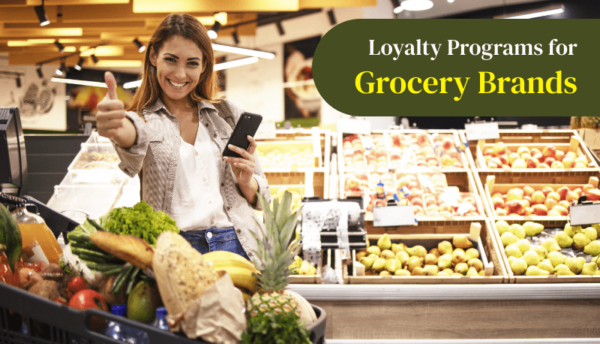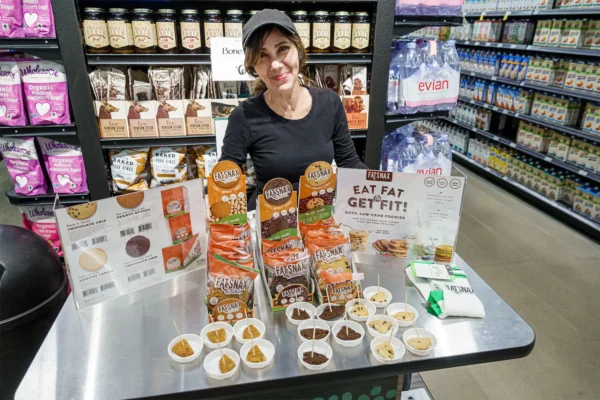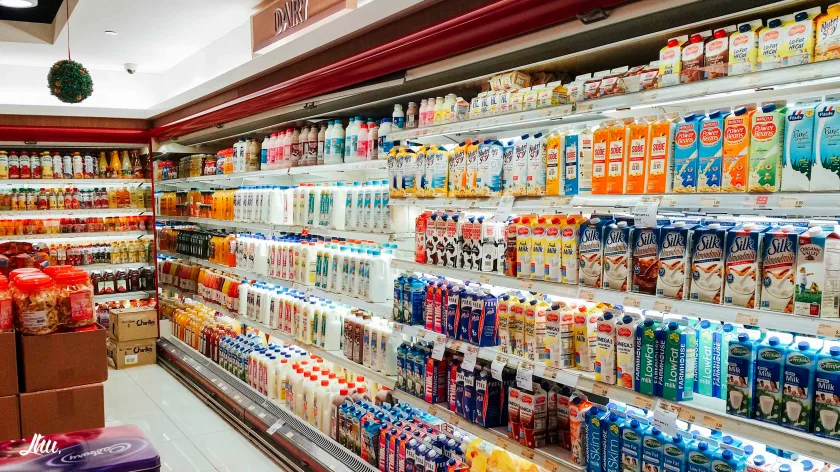Trendy Lifestyle Hacks
10 Tricks Supermarkets Use To Make You Spend More Money
Supermarkets use clever tricks to encourage you to spend more money, often without you realizing it. From strategic product placements to psychological pricing, these tactics are designed to influence your buying decisions.
Here’s a look at 10 common strategies supermarkets use to boost sales and tips on how to avoid falling for them.
1. Strategic Product Placement

Supermarkets place high-margin items at eye level on shelves to catch your attention. Essentials like milk and bread are often positioned in the back of the store, forcing you to walk past other tempting items. By rearranging your shopping list and starting in the outer aisles, you can avoid impulsive buys.
2. End-of-Aisle Displays

Items placed at the end of aisles, known as “end caps,” are designed to attract your attention. These spots are prime real estate for promotional and seasonal products. While these displays can offer good deals, be mindful of impulse purchases that may not be on your list.
3. In-Store Music and Scents
Supermarkets use calming music and pleasant scents to make you linger longer in the store. Studies show that soft, soothing music and appealing smells can increase the amount you spend. To counteract this, try shopping quickly and with a clear list.
4. Discounted Bulk Items

Large quantities of items at seemingly great prices can lure you into spending more. Be cautious with bulk purchases; ensure that you have the storage space and that you’ll use the items before they expire.
5. Loyalty Programs and Rewards

Supermarkets use loyalty programs to track your purchases and offer personalized discounts. While these programs can save money, they may also encourage you to buy more items than you originally intended. Always evaluate if the discount truly benefits you.
6. Price Tags and Sales
Supermarkets use strategies like ending prices in .99 to make items seem cheaper than they are. Additionally, “buy one, get one free” offers can create a sense of urgency. Check unit prices and consider if you genuinely need the items on sale.
7. Free Samples and Tastings

Sampling stations are designed to entice you to buy products you might not have considered otherwise. While sampling can be a great way to try new products, be wary of purchasing on impulse after tasting.
8. Seasonal and Holiday Displays

Seasonal displays featuring festive or themed items can drive additional spending. These displays are often designed to capitalize on special occasions and holidays. Plan your shopping around what you need rather than what’s seasonally promoted.
9. Checkout Impulse Items
Items placed near the checkout are often small, inexpensive, and designed to tempt you into last-minute purchases. To avoid adding unnecessary items to your cart, focus on your list and resist the allure of checkout counters.
10. Store Layout and Navigation
Supermarkets are designed to guide you through various sections, exposing you to a wide range of products. By knowing the layout of your store and sticking to your shopping list, you can minimize the chances of impulse buys and stick to your budget.


